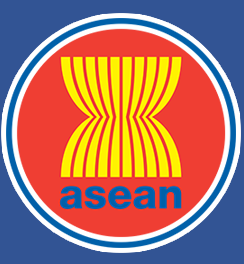ASEAN Journal on Science and Technology for Development
Abstract
Transfer of invasive alien organisms and their negative impacts have been recorded around the world. It is estimated that approximately 7,000 species of marine creatures are silently moved around the world by ballast water every hour. Recently, discharge of ballast water in the coastal area has become a serious concern. The movement of discharged ballast water and accompanying alien organisms largely depends on the preveiling hydrodynamics of the receiving water body. Dynamics simulation models for marine environment provide sound prediction of dispersion of ballast water. The study was undertaken in the seas of the Gulf of Tonkin and in the offshore area of Hai Phong Port using the MIKE 21 model – a two-dimensional hydrodynamics model. The yearly-mean wind field was used in the model to generate the circulation. Ballast water discharged to the three sites in the study area was simulated by using dispersal-advection model. The outputs showed that ballast water discharged near the coast tends to move along the coastline. Ballast water discharged at 200 NM seaward from the coast is still able to influence the coastal zone of Vietnam.
Publication Date
9-15-2018
Recommended Citation
Mai, Le Hoang; Minh, Nguyen Cong; Ca, Vu Thanh; Thuy, Tran Thanh; Dien, Nguyen Van; and Ram, Dang Huy
(2018)
"Simulation of Ballast Water Dispersion in the Gulf of Tonkin and Offshore Waters of Hai Phong Port, Vietnam,"
ASEAN Journal on Science and Technology for Development: Vol. 35:
No.
1, Article 22.
DOI: https://doi.org/10.29037/ajstd.486
Available at:
https://ajstd.ubd.edu.bn/journal/vol35/iss1/22

